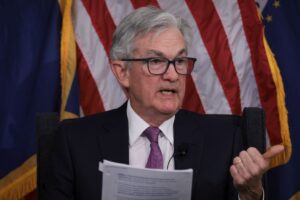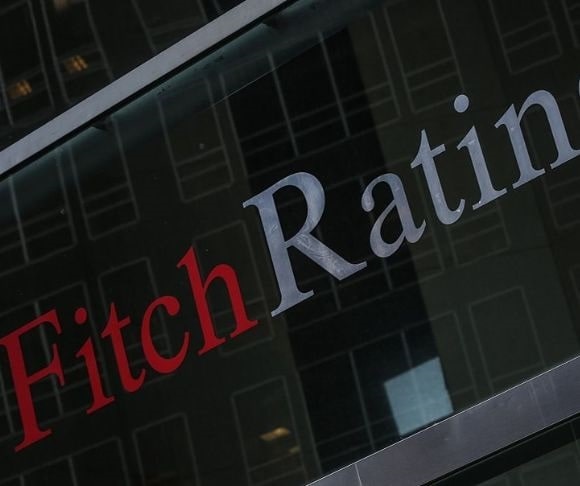Now that President Joe Biden has signed the bipartisan debt ceiling agreement, the issue should be over for the next 19 months. It is time to bury it in the backyard, wait for the drama to unfold in 2025, and home in on another crisis in the meantime. But can we? Forgetting the debt ceiling drama for a while may be quite a challenge, as the US government could still face the consequences of waiting only a few days until the Treasury Department no longer maintains the resources necessary to cover the nation’s obligations. Don’t believe it? Just ask Fitch Ratings.
Debt Ceiling and Fitch Ratings
Fitch Ratings announced on June 2 that the US averting the first-ever default on the national debt might not keep the country’s AAA credit rating intact. The agency said in a report that the US government was stuck on rating watch negative as experts “consider the full implications of the most recent brinkmanship episode and the outlook for medium-term fiscal and debt trajectories.” The negative watch rating was established on May 24.
“Reaching an agreement despite heated political partisanship while reducing fiscal deficits modestly over the next two years are positive considerations,” the rating organization said. “However, Fitch believes that repeated political standoffs around the debt-limit and last-minute suspensions before the x-date (when the Treasury’s cash position and extraordinary measures are exhausted) lowers confidence in governance on fiscal and debt matters.”
Fitch also noted several other things that could generate some confidence that everything will be fine: the US rating is supported by a large economy with a strong business environment and a robust gross domestic product, and the US dollar is the world’s chief international reserve currency.
But the warning ostensibly fell on deaf ears as Wall Street accelerated stock market gains, with the Dow Jones Industrial Average soaring more than 700 points to close the June 2 trading session.
Ain’t What She Used to Be
Are US employers not getting what they paid for? Are all American workers engaging in the art of quiet quitting? Is productivity being eviscerated?
US productivity levels have skyrocketed since after the Second World War. However, since the start of 2022, the labor market has been different, with output rates on a downward trajectory. According to the Bureau of Labor Statistics, non-farm productivity tumbled 2.1% in the first quarter, down from the 1.6% expansion in the fourth quarter. This was also slightly better than economists’ expectations of -2.5%. At the same time, unit labor costs surged 4.2% in the January-March period, up from the 3.3% increase in the final three months of 2022.
Overall, the annual productivity rate has been in subzero terrain for a record five straight quarters.
Fed News

Federal Reserve Chairman Jerome Powell (Photo by Win McNamee/Getty Images)
The Federal Reserve’s balance sheet is close to returning to its pre-Silicon Valley Bank bailout level, falling below $8.4 trillion for the first time since March 2023. Following the failures of SVB and Signature Bank, the central bank opened up the books and scooped up collateral to lend billions to troubled financial institutions as part of its Bank Term Funding Program, or BTFP. The primary reason for the decline has not been the stabilization of the banking sector but its quantitative tightening efforts. Last week, the Eccles Building continued trimming its Treasury and mortgage-backed securities holdings by $33 billion and $12 billion, respectively.
But while this has captured the attention of Fed observers, the potential noteworthy finding in the weekly Fed H.4 data was the BTFP hitting an all-time high. After the banking turmoil, the Fed launched the Bank Term Funding Program, an emergency lending facility offered to banks facing difficulties after the collapse of SVB, Signature, and First Republic. As a result, the BTFP jumped $1.7 billion to a record high of $93.6 billion. This also represented the fourth consecutive week-over-week increase.
So, why does this matter? It suggests that a growing number of banks face more difficulties than what is being reported in the media or discussed in the financial markets. Three months after the first shoe drop in the banking sector, companies are still taking out loans from Fed Chair Jerome Powell? Well, economic experts can only monitor the situation and wait for the institution to wind down these operations before declaring the mission accomplished.




